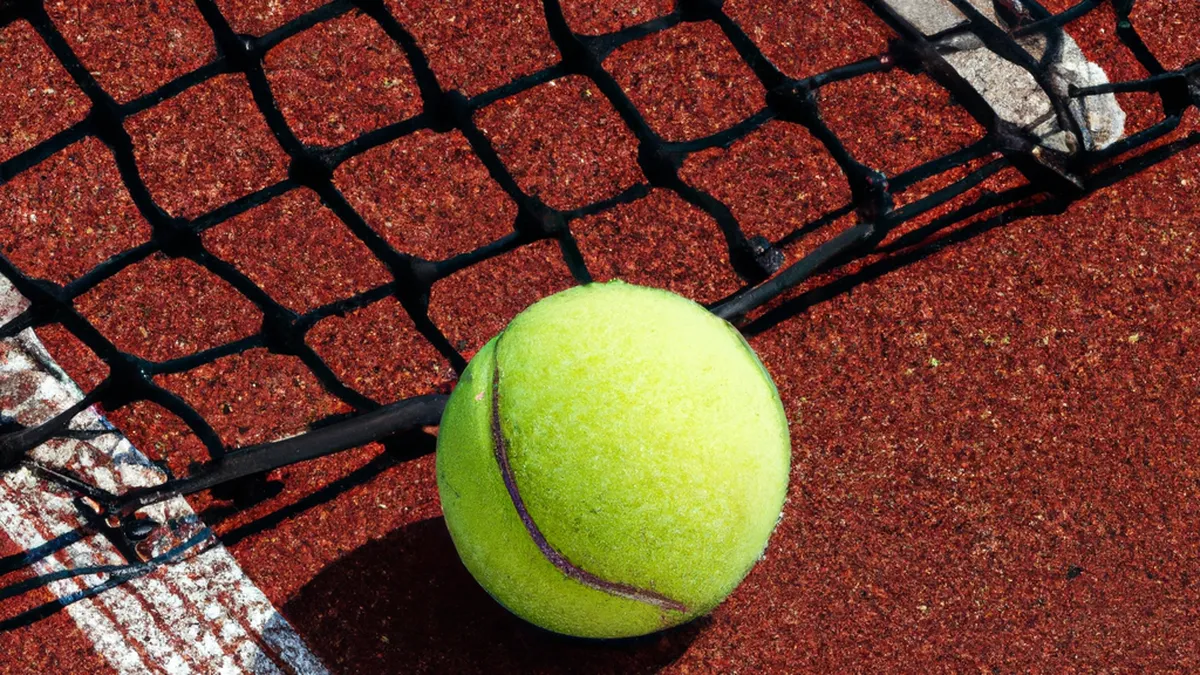Increase Your Skiing Stamina Effectively (Skiing)
Strength Training for Skiers: Elevate Your Game on the SlopesSkiing excites with speed, skill, and nature. It requires strength, endurance, agility, and balance. Incorporate strength training into your routine for optimal performance on the slopes. This blog discusses the importance of strength training for skiers, essential exercises, effective training tips, and benefits of a dedicated strength program.
Why Strength Training Matters for Skiers
Skiing engages multiple muscle groups for a full-body workout. Strong legs power your descent, while a strong core stabilizes movements. Your upper body aids in balance and control. Without strength, skiers may struggle with performance, fatigue, and injuries.
Enhancing Performance
Strength training improves skiing performance. Stronger legs enhance control and maneuverability, allowing confident navigation of varied terrains. A robust core improves balance, crucial for executing turns and maintaining stability in challenging conditions.
Injury Prevention
Skiing stresses joints and muscles significantly. A comprehensive strength training program fortifies these areas, reducing injury risks such as strains and sprains. A well-conditioned body withstands skiing’s stresses better.
Increased Endurance
Skiing tests endurance, especially on long runs. Building strength improves muscle endurance, enabling longer skiing sessions without fatigue. Enjoy more time skiing and less time resting.
Essential Strength Training Exercises for Skiers
As an Amazon Associate I earn from qualifying purchases.
Gear tip: consider ski goggles, ski helmet, and ski gloves to support this topic.
Focus on these key exercises to maximize your strength training routine. Incorporating these movements into workouts can enhance your skiing performance.
1. Squats
Squats build leg strength effectively. They target quadriceps, hamstrings, and glutes, essential for skiing control. Start with bodyweight squats to master your form. Progress to weighted squats with dumbbells or a barbell. Aim for three sets of 10-15 reps with deep, controlled movements.
2. Deadlifts
Deadlifts engage your entire posterior chain, including glutes, hamstrings, and lower back. This exercise builds strength and improves your skiing position. Use a barbell or dumbbells, performing three sets of 8-12 reps.
Conclusion
Strength training enhances skiing performance, prevents injuries, and increases endurance. Incorporate these exercises into your routine for maximum benefits.
Below are related products based on this post:
FAQ
Why is strength training important for skiers?
Strength training is crucial for skiers as it engages multiple muscle groups, enhancing performance and stability. Strong legs improve control and maneuverability, while a robust core aids in balance during skiing. Without adequate strength, skiers may face challenges like fatigue and increased risk of injury.
What are the benefits of strength training for skiing?
Strength training offers numerous benefits for skiing, including improved performance, injury prevention, and increased endurance. A well-conditioned body can better withstand the stresses of skiing, allowing for longer sessions on the slopes without fatigue. This training helps in executing turns and maintaining stability in challenging conditions.
What essential exercises should skiers include in their strength training routine?
Skiers should focus on exercises like squats and deadlifts to maximize their strength training. Squats build leg strength and enhance control, while deadlifts engage the entire posterior chain, improving skiing position. Incorporating these movements into workouts can significantly enhance skiing performance.















Post Comment